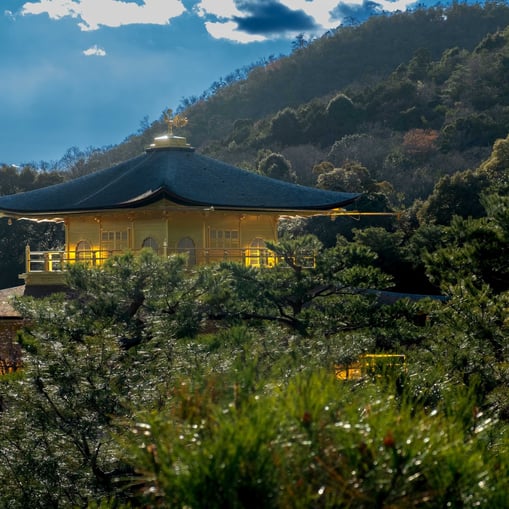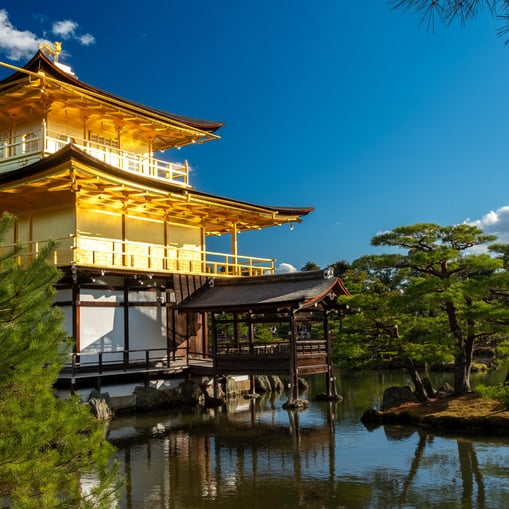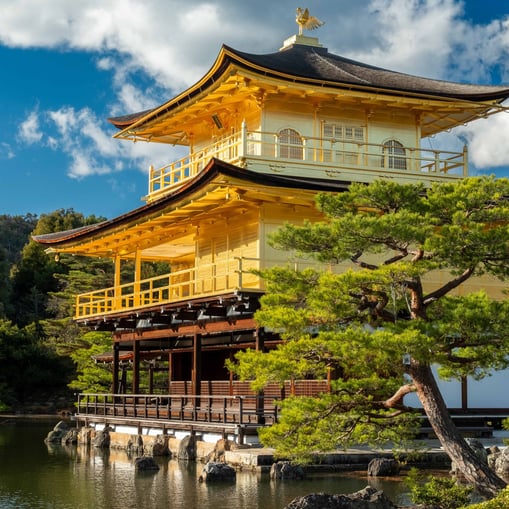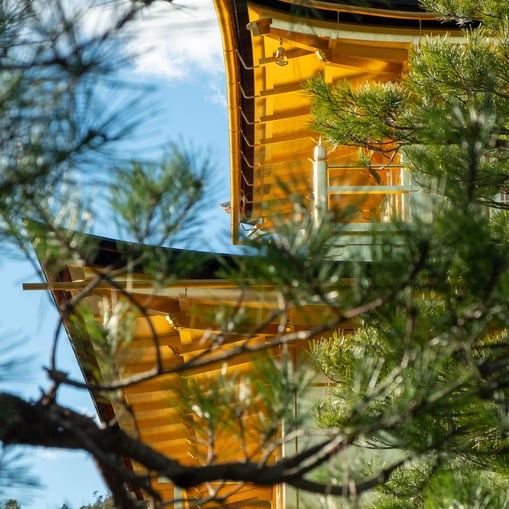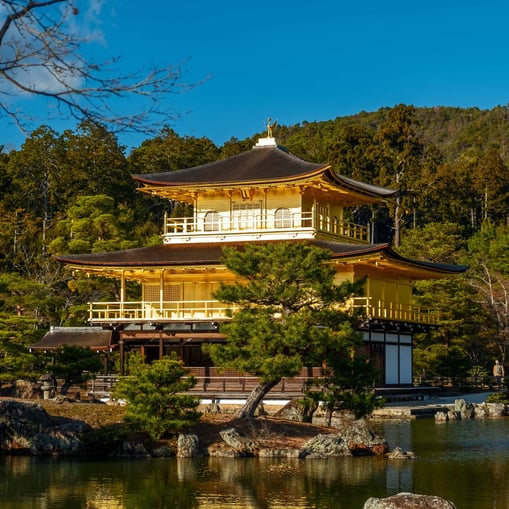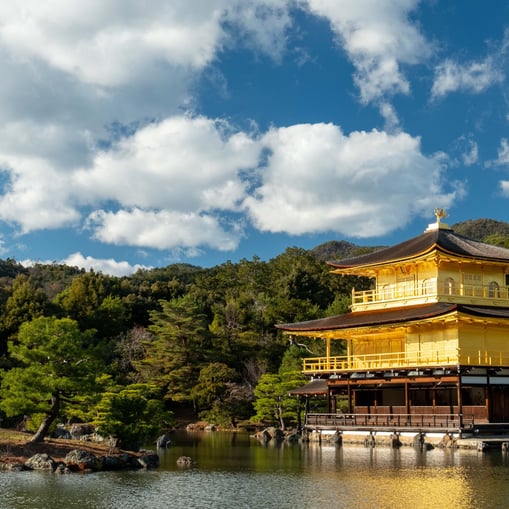The Radiant Legacy: Exploring the History of Kinkaku-ji Temple in Kyoto
Nestled in the heart of Kyoto, Kinkaku-ji Temple, also known as the Golden Pavilion, stands as a shimmering testament to Japan's rich cultural and spiritual heritage. This iconic Zen Buddhist temple has a history that spans centuries, weaving a tapestry of tales that reflect the nation's resilience, artistic brilliance, and deep spiritual connection. In this blog post, we'll embark on a journey through time, exploring the captivating history of Kinkaku-ji Temple.
TOURISM
Joeson
1/2/20242 min read
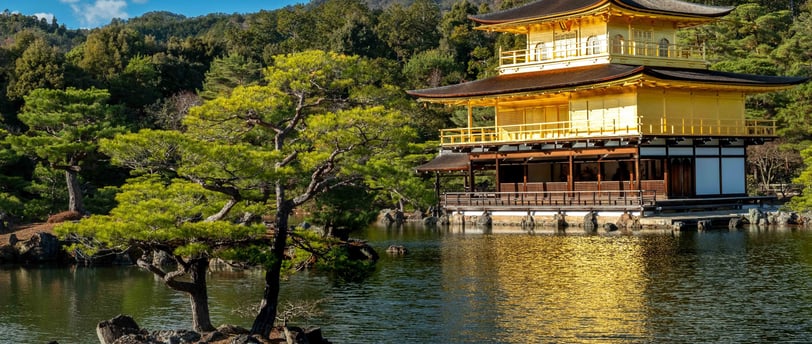

Origins and Construction:
Kinkaku-ji's history dates back to the late 14th century, during the Muromachi period. The temple was initially constructed as a retirement villa for Ashikaga Yoshimitsu, the third shogun of the Ashikaga shogunate. The architecture and design of Kinkaku-ji are deeply rooted in the Zen philosophy, emphasizing simplicity, harmony, and the connection between nature and humanity.
The Golden Pavilion:
What sets Kinkaku-ji apart and captivates visitors from around the world is its stunning exterior covered in gold leaf. The top two floors of the three-story building are adorned with this resplendent gold, creating a breathtaking spectacle that reflects the sun's rays and casts an ethereal glow over the surrounding Mirror Pond.
The symbolism behind the golden exterior is profound. In Japanese culture, gold represents purity and spiritual awakening. The lavish use of gold leaf on Kinkaku-ji symbolizes the pursuit of enlightenment and the transcendence of material desires. As visitors gaze upon the temple, they are invited to contemplate the impermanence of life and the beauty that lies beyond the physical realm.
Tragedy and Rebirth:
Despite its serene exterior, Kinkaku-ji has faced its share of challenges throughout history. In 1950, the temple fell victim to a devastating arson attack, reducing the golden pavilion to ashes. However, the resilience of the Japanese spirit shone through in the subsequent reconstruction efforts.
Kinkaku-ji was meticulously rebuilt, staying true to its original design and embodying the indomitable spirit of the Japanese people. The reconstructed temple was unveiled to the public in 1955, reaffirming Kinkaku-ji as a symbol of cultural endurance and renewal.
Spiritual Significance:
Beyond its architectural splendor, Kinkaku-ji serves as a place of spiritual contemplation and tranquility. The temple's Zen garden, carefully manicured landscapes, and serene surroundings create an atmosphere conducive to meditation and self-reflection. Visitors can experience the profound connection between the human soul and the natural world, as intended by the temple's creators.
Conclusion:
Kinkaku-ji Temple stands as a golden beacon, illuminating the intersection of history, spirituality, and artistic brilliance in the heart of Kyoto. From its origins as a shogun's retreat to the tragic events of the mid-20th century and subsequent rebirth, the temple's journey mirrors the resilience of the Japanese people and their unwavering commitment to preserving their cultural heritage.
Visiting Kinkaku-ji is not just a sightseeing experience; it's an opportunity to delve into the soul of Japan, to appreciate the beauty that arises from adversity, and to find inspiration in the enduring legacy of the Golden Pavilion.
